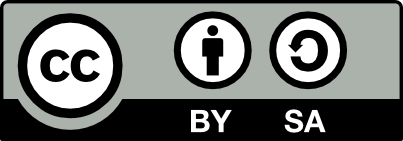Strategi Pengelolaan Ekowisata Mangrove Munjang di Desa Kurau Barat Kabupaten Bangka Tengah
Management Strategy for Ecotourism of Munjang Mangrove in Kurau Barat Village, Bangka Tengah Regency.
DOI:
https://doi.org/10.33019/akuatik.v13i1.1078Keywords:
Development Strategy, Ecotourism Munjang Mangrove, SWOTAbstract
The research aims to analyze the strengths, weaknesses, opportunities and threats of supporting mangrove ecotourism, and analyze management that need to be carried out in the development of mangrove munjang ecotourism, which can finally be identified as management recommendations that managers can undertake in developing ecotourism. The time and place of the study was carried out from November to December 2018 at the Mangrove Munjang Ecotourism in Kurau Barat Village, Bangka Tengah Regency. The research method used is the questionnaire method by taking 95 respondents. The data analysis method used SWOT analysis method. The results showed that there were seven internal factors, the factors which were strengths were facilities, natural resources, human resources, land status and security and weakness factors were culinary and souvenir centers. There are nine external factors, the factors that become opportunities include community support, community attitudes, utilization of mangroves, infrastructure, travel time, government support and government laws and regulations, and threat factors from external factors are public participation and public transportation. Development using aggressive strategies, this is based on calculations and analysis shows that activities are in quadrant I with a coordinate point (1.2899; 1.2904). The priority strategy is SO, which is developing by utilizing the strengths that are owned and optimizing the opportunities that exist in ecotourism.
Downloads
Downloads
Published
Issue
Section
License
Under this license, others are permitted to share (copy and redistribute the material in any medium or format) and adapt (remix, transform, and build upon the material) for any purpose, including commercial use. Appropriate credit must be given to the original authors, a link to the license must be provided, and any modifications or derivative works must be distributed under the same license. This condition ensures that the original work and all derived content remain openly accessible under identical terms.








